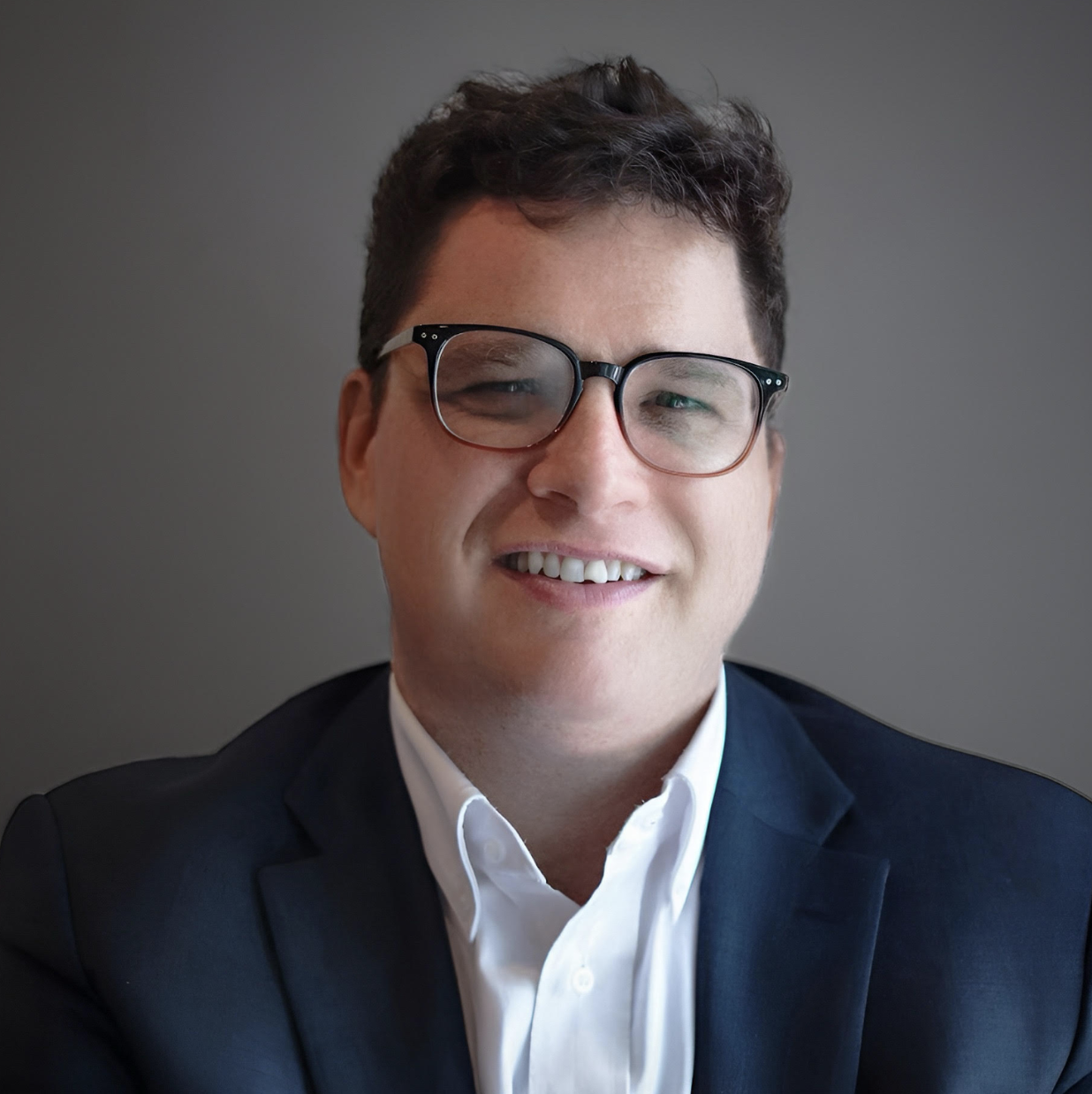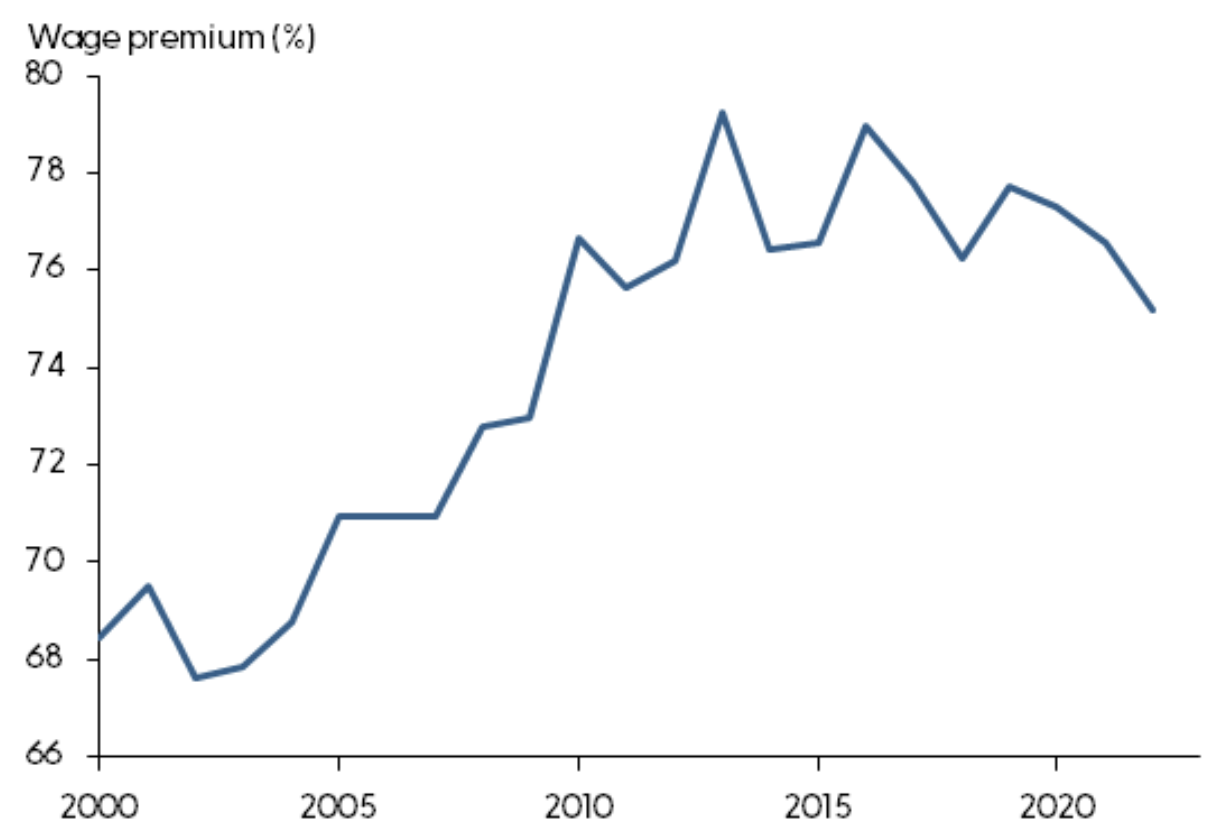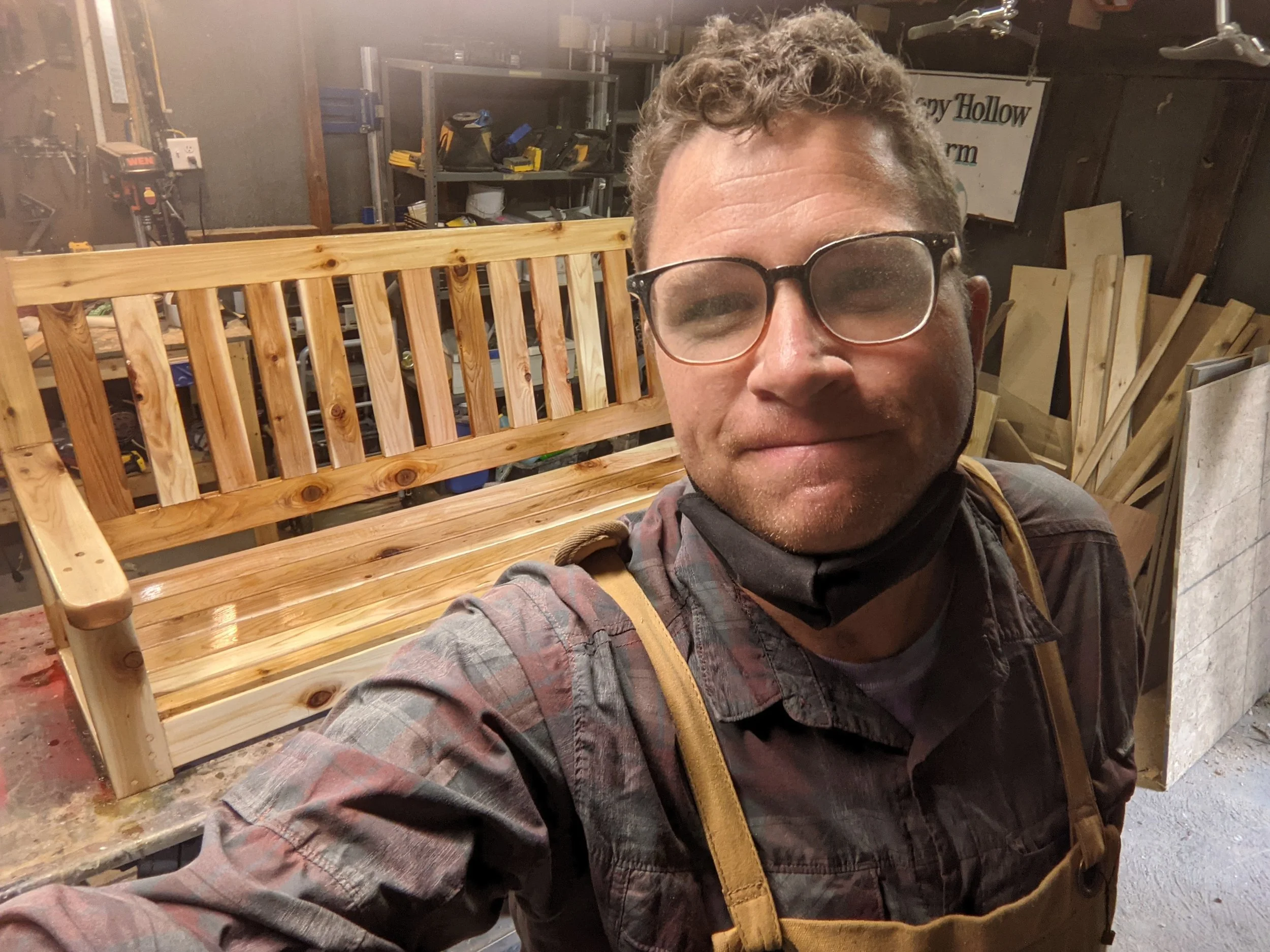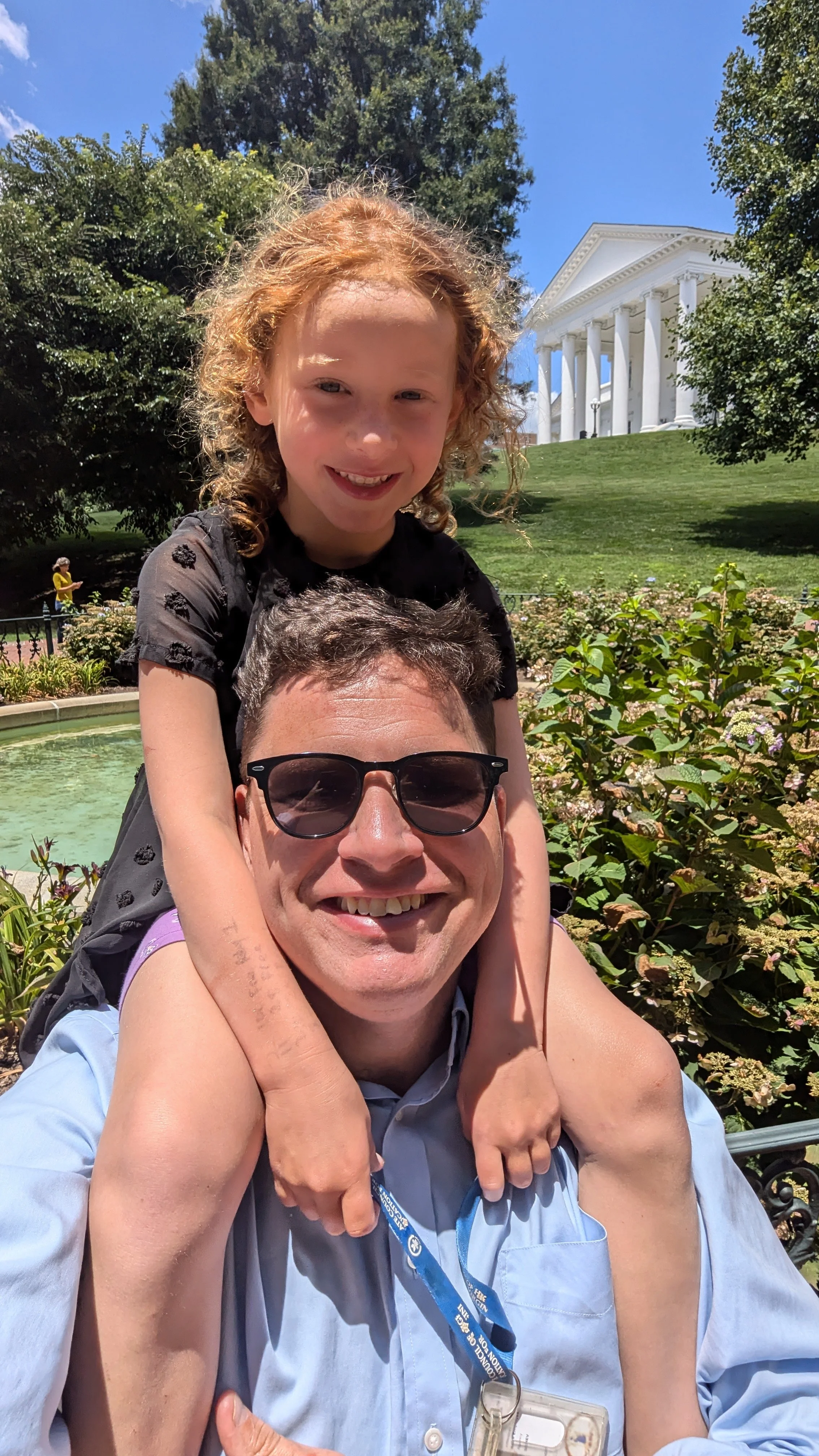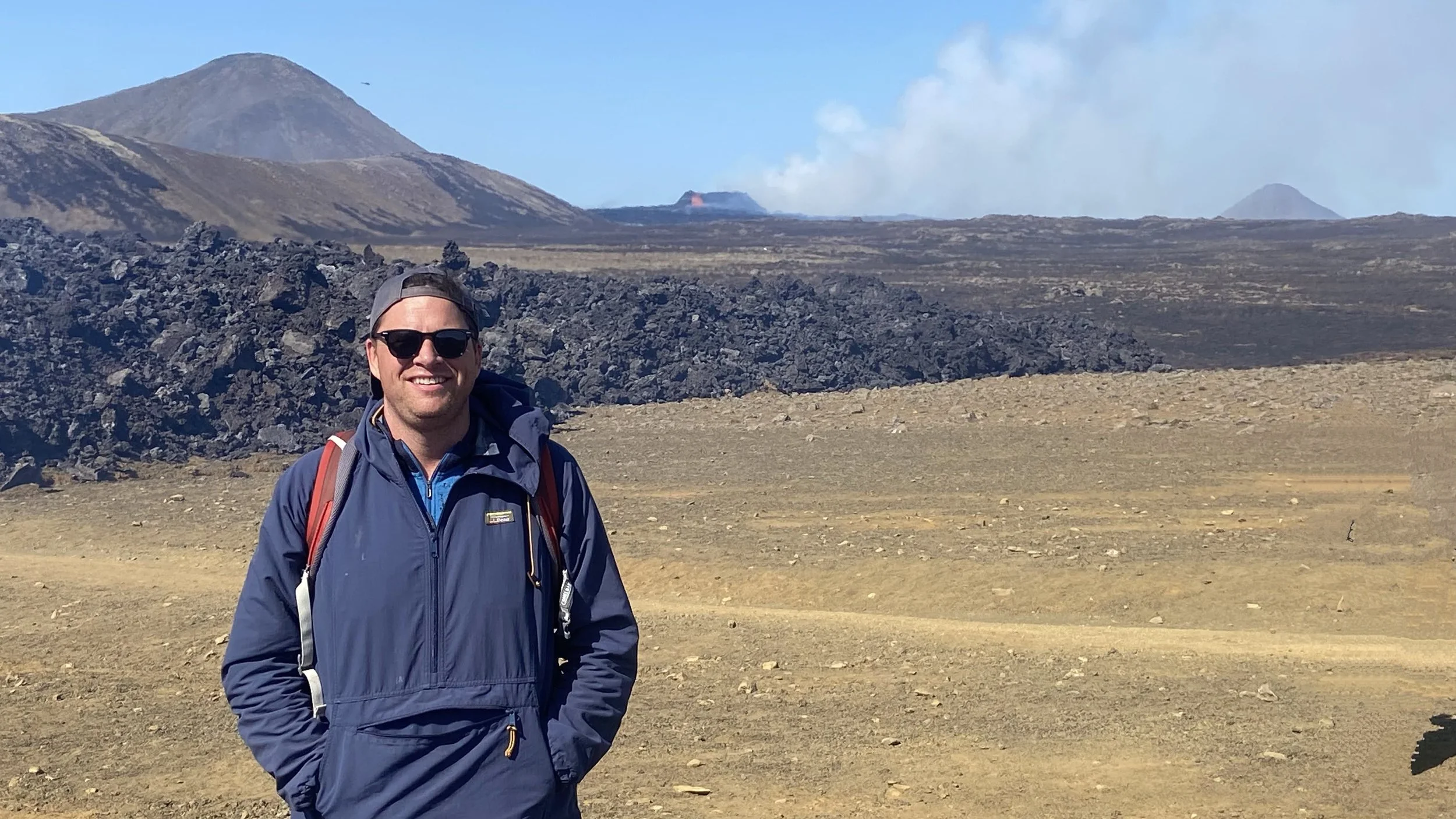Staff Spotlight: Five Questions with Tom Allison. Get to know our Director of State Policy and Finance.
Today, get to know Tom Allison: A Director of State Policy and Finance with HCM Strategists.
Tom Allison, HCM’s Director of State Policy and Finance, brings over a decade of experience in education policy, finance, and research. He leads efforts to create sustainable higher education funding models that prioritize affordability and accessibility. Previously, he shaped Virginia’s financial aid system at the State Council of Higher Education and supported workforce alignment through a free community college program. Outside of work, Tom enjoys woodworking, restoring his century-old house, and collaborating on projects like a successful "datathon" team.
We’re lucky to have a team with diverse lived experiences. Tell us about your background and how you found your way to this work
→My mother taught in public middle schools for 35 years and instilled in me a love of education and exploration of the world. My father is an entrepreneur who built two businesses (construction and agribusiness), and I like to think he passed on a penchant for innovation and pride in one’s work. My parents influenced my career, recognizing how education creates opportunity outside of one’s immediate circumstances and the power of blazing one’s path.
During my time at Young Invincibles, a research and advocacy organization dedicated to expanding economic opportunity for young people, they also forged respect and appreciation for the diverse challenges young people face today and a dedication to inclusive collaboration.
HCM is dedicated to making educational systems more accessible, affordable, accountable, and equitable. What drives you to do this work?
→ Education (and the policies and budgets governing it) profoundly impact individuals' economic mobility and life opportunities. Throughout my career, I have seen firsthand how well-designed policies can break down barriers to higher education, particularly for underrepresented and low-income students. The potential for intelligent non-partisan policy, particularly at the state level, makes this work so exciting.
What does career-connected learning mean to you, and why is it important to focus on this?
→ Students pursue education for many reasons, but securing a good job and starting a career is at the top. If we want to serve students, we have to keep these motivations and goals in mind. It’s as simple as that. What’s tricky is that career-connected learning is aspirational, but reliable data on workforce outcomes is inherently historical. We’re measuring the education and jobs people have already experienced. No one can predict the future, but we should try to adapt our education and workforce systems more nimbly in a rapidly changing technology landscape.
Why do you think postsecondary education enrollment rates right out of high school are declining? What is something every state can do to address this?
→ Surveys show that students divert from postsecondary education and training because they think they can get an excellent job without investing time and money in a college education. Part of this has nothing to do with college: wages in retail and service jobs have gone up from the COVID-19 pandemic (not bad). This has caused the college “wage premium,” the percentage difference between average wages earned by workers with a four-year college degree and those with a high school diploma, to decline.
A Federal Reserve Bank of San Francisco's analysis of wages found, holding other variables constant, that the college wage premium peaked in the mid-2010s and has been falling since 2020.
Stakeholders need to do a better job emphasizing that this wage premium still exists, and policymakers need to come together to make college more affordable, applicable, and flexible in reaction to workforce demands.
When not working, what can people find you doing?
→ I love working in my woodshop. Most of my projects are practical: custom designing furniture to fit a specific spot or improving our century-old house. But others are more whimsical, like toys for my daughter or more artistic pieces that don’t have a particular use. But what I like about it is the tangible accountability. You can pick up and feel the results of your work, and there’s no one to credit for successes and blame for the failures other than yourself.

